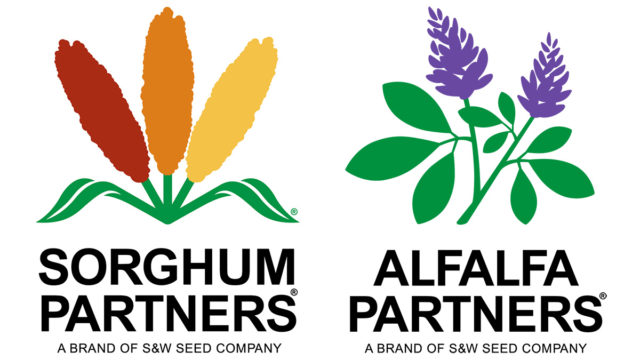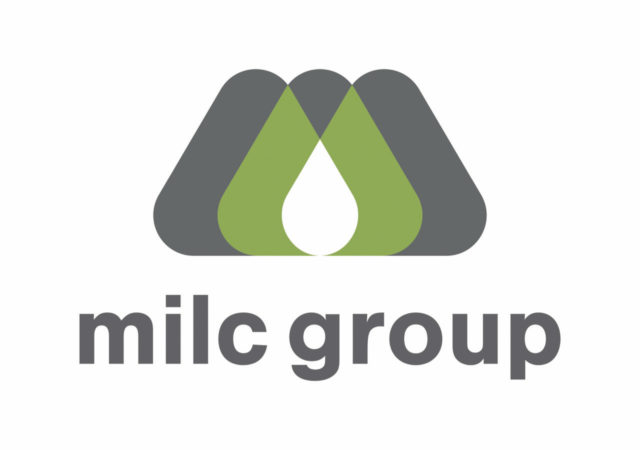I take old pipe and steel to the scrap metal yard and buy car parts at G & B Salvage. Yesterday I noticed our toilet paper was labeled “100% unbleached, 100% recycled paper, 100% post consumer content and 59.4 sq. ft. in total area.” It’s a little like newsprint, and I feel odd using toilet paper somebody else had used, but I guess we’re doin’ the right thing. Sister Sue said they were using it, too. But it struck her as one of the incongruities of modern times that recycled toilet paper costs more than a roll of the new.
I remember the same thing happened with gasoline when they introduced unleaded. It cost more than regular, to which they had to add the lead. How ‘bout sugarless gum? Bottled water? Egg substitutes? Hamburger Helper cost more per pound than hamburger. Are we being skewered on our noble quest to be green and healthy?
Several years ago, the cattle business went on a binge to recycle manure and feed it back to the steers. Concrete pens, elaborate washing systems, dryers and millions of dollars yielded us a product with the nutrition and palatability of bedding for the price of caviar.
The trend towards lean beef gives me second thoughts, as well. Just looking at a hubcap size Holstein round steak, you realize God intended it for taco meat. But if that same steak goes into a specialty health food meat counter, it costs twice as much. It is labeled Au Bouf DeLite and guaranteed to contain less than .01% fat. Cooking instructions are explicit: Boil for three days and pound until flat as hammered gravy.
My mother saved and reused tinfoil, wax paper, jelly glasses, bacon fat, soup bones, old bananas, cloth diapers, baby clothes, string, ribbon, wrapping paper and cottage cheese containers. There are still those around who straighten and reuse old nails, buckets of bolts, fence wire and lumber.
Maybe, in truth, if you counted the labor, it costs more to straighten old nails than to buy new ones. But thriftiness forced recycling. Today, the high cost of recycled, sugarless, lean, unleaded products is the price we pay to do our part in makin’ the world a better place.
So, when pondering the use of environmentally correct antique toilet paper, we can envision the historical significance and gain some satisfaction knowing this same paper might have been used by Davy Crockett, Oprah Winfrey or Chief Sitting Bull. And if that don’t make it worth the price, I’ll send you some slightly used corn cobs. ![]()







